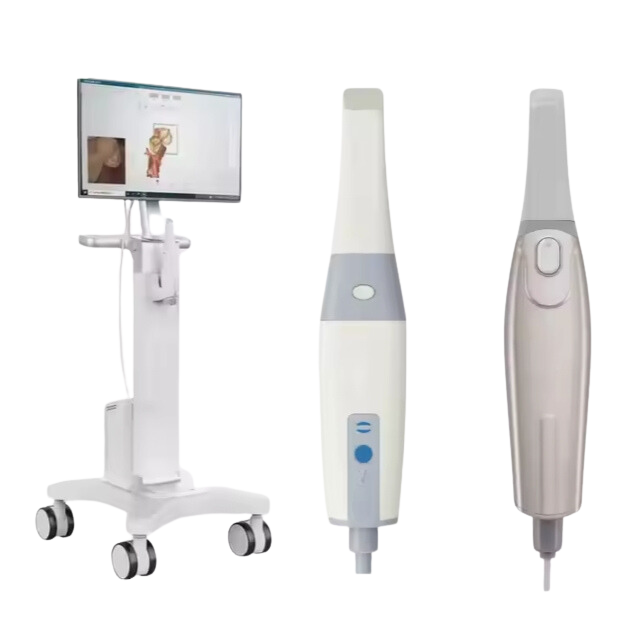From Traditional Impressions to Digital Impressions: Innovations in the Dental Field
9/10/20242 min read
Introduction to Dental Impressions
Dental impressions are a critical component in various dental procedures. Traditionally, these impressions have been taken using materials like alginate or silicone, which capture a physical mold of a patient's oral cavity. However, with the advent of digital technology, 3D digital impressions are becoming increasingly popular. This shift represents a significant transformation in the dental field, offering numerous advantages over traditional methods.
The Traditional Impression Methods
Traditional dental impressions involve placing a tray filled with impression material into the patient's mouth. The material sets and hardens to create a negative mold, which is then used to manufacture dental restorations. Despite being a longstanding practice, this method has several drawbacks. It can be uncomfortable for patients, prone to errors, and typically requires longer processing times. Additionally, traditional impressions are susceptible to distortions, which can lead to less accurate results.
Advantages of 3D Digital Impression Technology
3D digital impression technology eliminates many of the challenges associated with traditional methods. By using optical or laser scanning devices, dentists can create precise digital models of a patient's teeth and gums. Here are some notable benefits:
- Improved Accuracy: Digital impressions minimize the risk of human error and material distortion, leading to more accurate dental restorations.
- Enhanced Patient Comfort: The process is quicker and less invasive, improving the overall patient experience.
- Streamlined Workflow: Digital files can be easily shared with dental labs and other professionals, reducing the time needed for fabrication and adjustments.
- Eco-Friendly: Digital impressions reduce the need for disposable materials, making them a more environmentally friendly option.
Market Trends and Adoption
The dental industry is witnessing a growing adoption of 3D digital impression technology. Many dental practices are investing in intraoral scanners and digital software, recognizing the long-term benefits and cost savings. Furthermore, patients are increasingly seeking out practices that utilize advanced technology, driving the demand for digital impressions. Industry reports indicate a positive trend, with the market for dental 3D scanners and related software projected to grow significantly in the coming years.
Conclusion
The transition from traditional impressions to 3D digital impressions marks a pivotal evolution in dental care. While traditional methods have served their purpose, the precision, efficiency, and patient comfort offered by digital technology present compelling reasons for its widespread adoption. As the dental field continues to innovate, staying informed about these advancements is essential for both dental professionals and patients.
© 2024. All rights reserved.


